The importance of EAN and GTIN numbers in the e-commerce business
An EAN or GTIN is a type of barcode commonly used in Europe to identify products for sale. Learn the importance of updating your feeds with the right codes
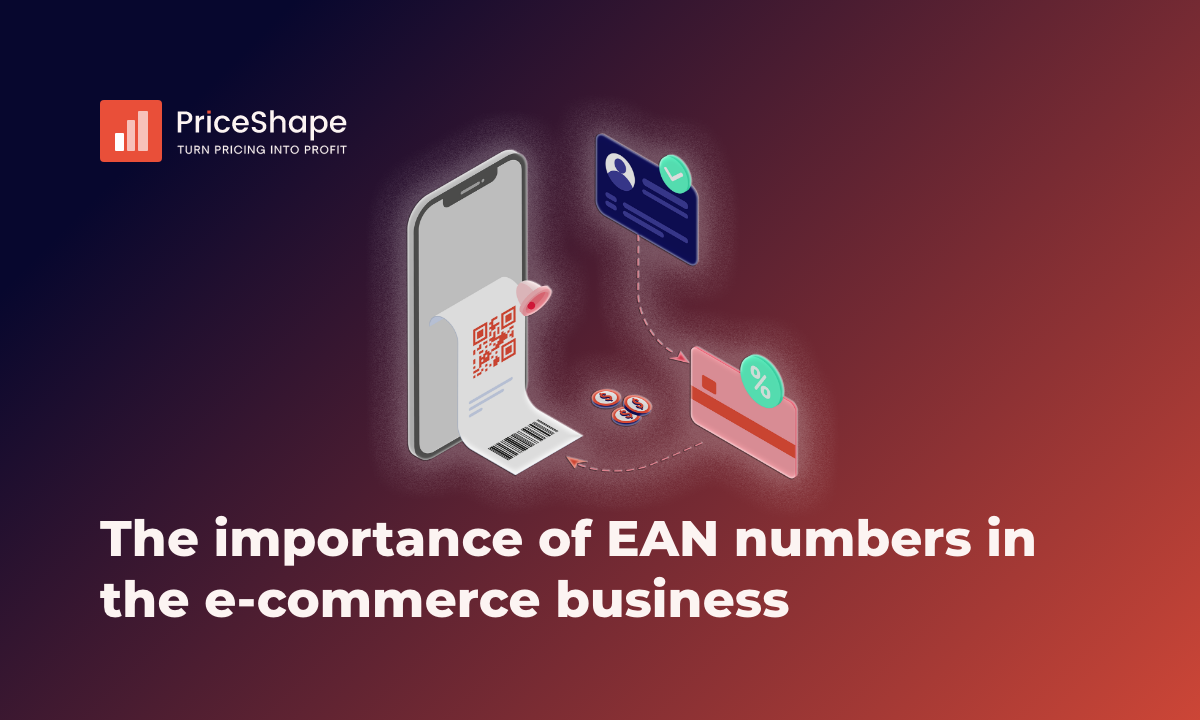
An EAN and GTIN number can be scanned by barcode readers and point-of-sale (POS) systems, allowing retailers to track inventory and manage sales efficiently. The EAN and GTIN system is governed by the GS1 organisation, a global non-profit that sets barcoding and product identification standards. The EAN and GTIN system is used in various industries, including retail, healthcare, and food and beverage.
What is an EAN number and its history?
EAN and GTIN is a standardised product identification systems introduced in the 1970s to provide a unique identifier for products sold in the European market. The EAN system was developed by the European Article Numbering Association (EANA), which later became the GS1 organisation. GS1 is a global non-profit that sets barcoding and product identification standards and continues to manage the EAN and GTIN system today.
The EAN and GTIN system assigns a unique 13-digit number to each product, which is then encoded into a barcode and printed on the product packaging. The barcode can be scanned by barcode readers and point-of-sale (POS) systems, allowing retailers to track inventory and manage sales efficiently. The EAN and GTIN system has been widely adopted across Europe and is now used in many other countries.
The original purpose of the EAN and GTIN system was to provide a standardised identifier for products that could be used across different countries and industries. Before the introduction of the EAN and GTIN system, each government and industry used their product identification systems, which often caused confusion and inefficiencies. The EAN and GTIN system helped resolve these issues by providing a uniform, internationally recognised product identifier.
In conclusion, the EAN and GTIN is a standardised product identification systems introduced in the 1970s to provide a unique identifier for products sold in the global market. The EAN and GTIN system assigns a unique 13-digit number to each product, which is then encoded into a barcode and printed on the product packaging. The EAN and GTIN system has played a significant role in the development of modern retail and e-commerce and continues to be a critical component of the contemporary sup chain.
Countries and EAN and GTIN numbers
EAN and GTIN numbers are assigned by the GS1 organisation, a global non-profit that sets standards for barcoding and product identification. GS1 operates in over 100 countries, and the EAN and GTIN system is used in many countries to identify products for sale.
Each country that uses the EAN and GTIN system has its specific range of EAN and GTIN numbers assigned to products sold in that country. This allows for tracking products across international borders and helps ensure that each product has a unique identifier.
In some cases, countries may also use their country-specific extensions to the EAN and system to identify additional information about a product, such as its weight or country of origin. It is worth noting that some countries, particularly in the Americas, use a different product identification system known as the Universal Product Code (UPC), which is similar to the EAN and GTIN system but uses a 12-digit identifier instead of a 13-digit identifier.
However, the EAN and UPC systems can be used interchangeably in many parts of the world, allowing products to be easily identified and tracked regardless of the method used.
Below you can see some examples of countries' EAN/GTIN numbers:
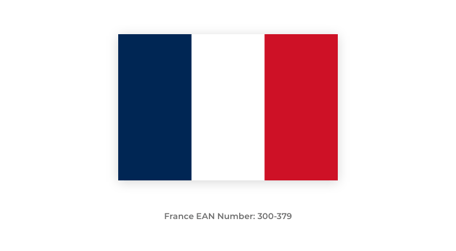
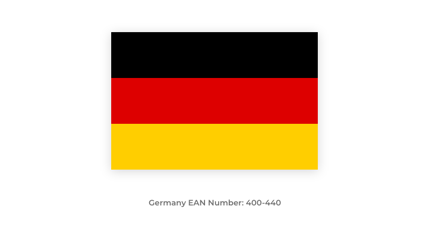
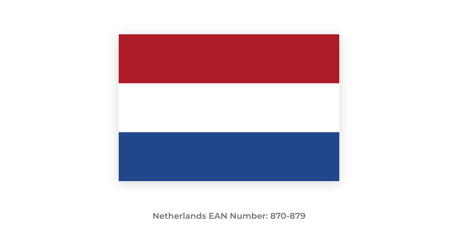
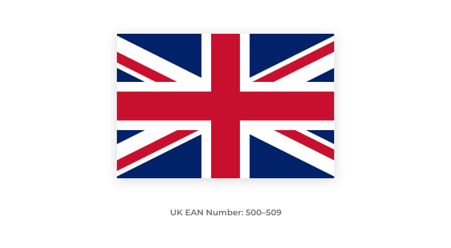
Importance of EAN and GTIN numbers
If you've ever purchased a product at a grocery store, you've likely seen a GTIN number on the packaging. GTIN stands for Global Trade Item Number, and it's a unique identifier assigned to products to help facilitate efficient and accurate inventory management and tracking throughout the supply chain.
The most common type of GTIN is the Universal Product Code (UPC), which you've probably seen as a series of numbers and vertical lines on products in a store. The UPC is used primarily in North America, while other regions may use other GTIN formats, such as the European Article Number (EAN).
Here are a few reasons why GTIN and EAN numbers are important:
- Improved inventory management: EAN and GTIN numbers make it easier to track the movement of products throughout the supply chain, from the manufacturer to the retailer. This helps companies maintain accurate inventory levels and avoid stockouts or overstocks.
- Faster and more accurate product identification: When a product is scanned at a point of sale, the EAN and GTIN numbers are used to quickly and accurately identify the product and retrieve its associated information, such as price, description, and inventory level.
- Reduced errors: With a unique identifier for each product, there is less chance of human error in the inventory management and order fulfilment processes. This can save time and money, as well as improve customer satisfaction by reducing the likelihood of incorrect orders.
- Enhanced traceability: In the event of a product recall or quality issue, EAN and GTIN numbers can help companies quickly identify and locate affected products. This can be critical in preventing harm to consumers and minimizing the financial impact of a recall.
In addition to these benefits, EAN And GTIN numbers are often required for companies that sell products through online marketplaces like Amazon or eBay. Without a valid EAN and GTIN, a product may not be listed for sale or could be removed from the marketplace.
Overall, EAN and GTIN numbers are essential component of modern supply chain management and can help companies improve efficiency, accuracy, and customer satisfaction.


